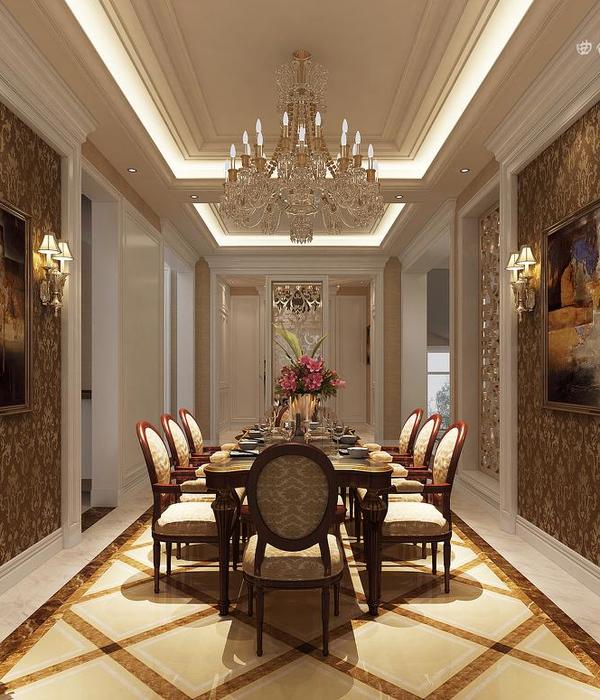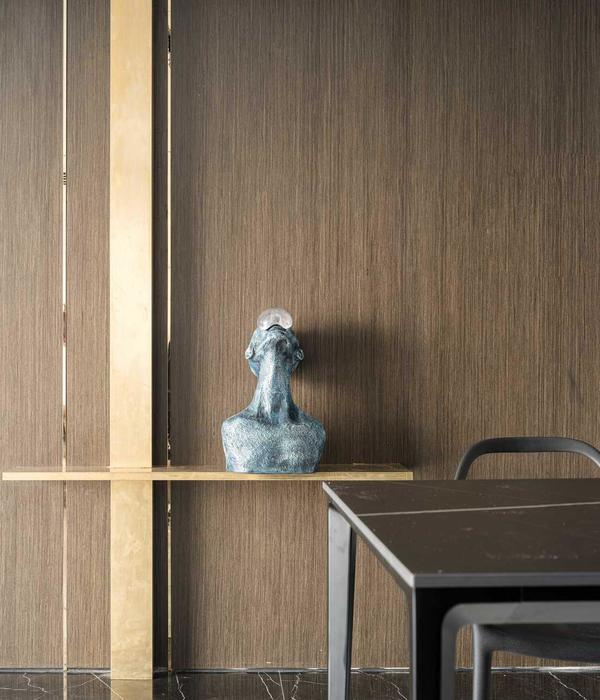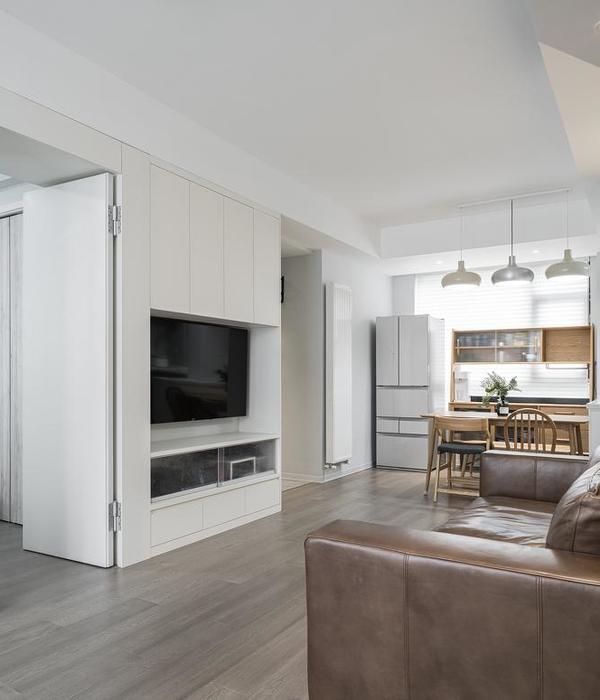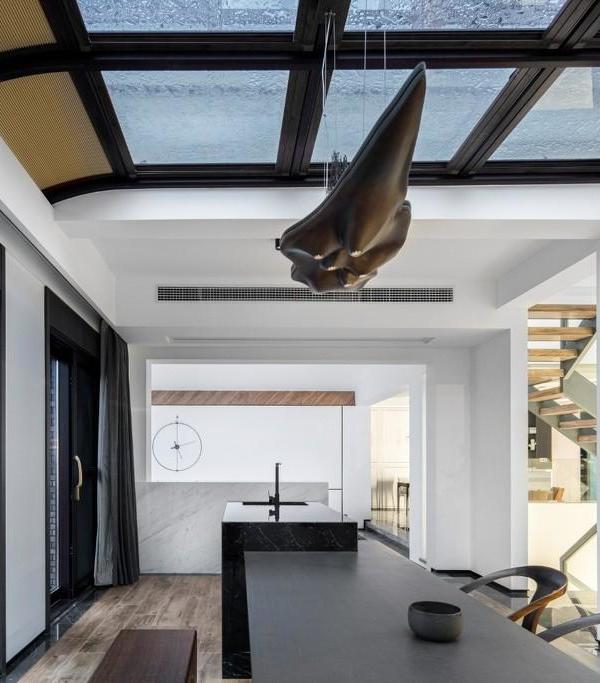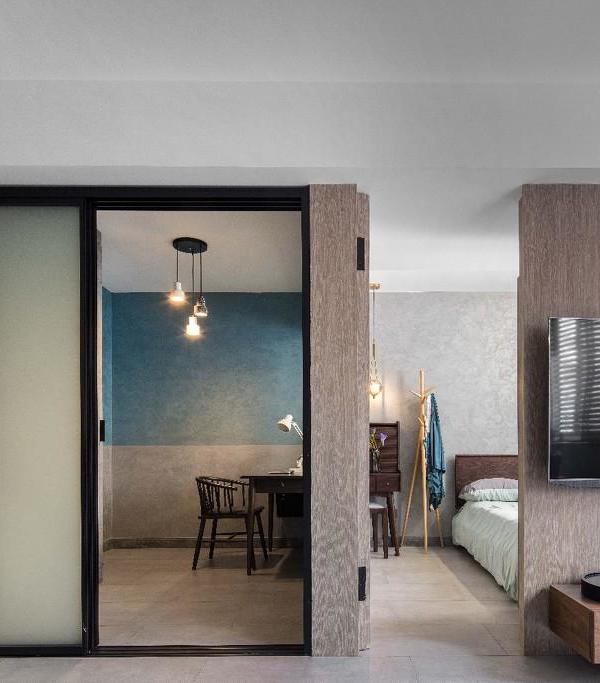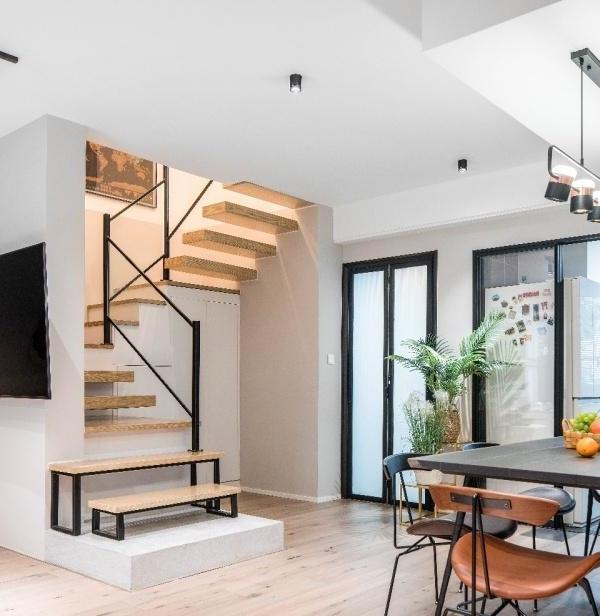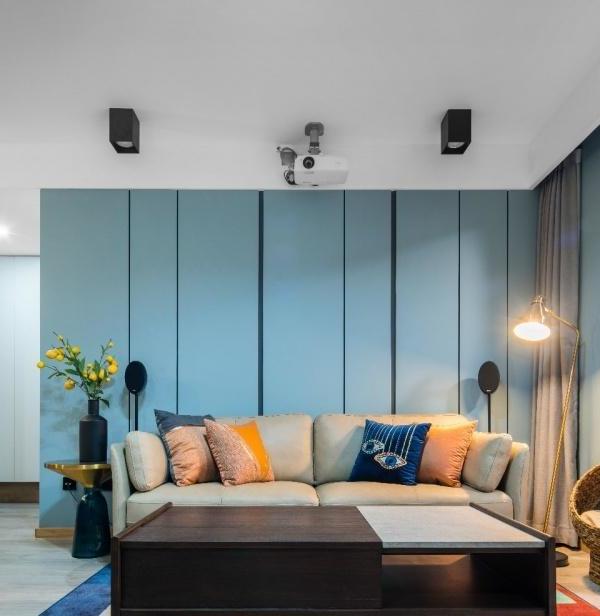Architect:Nathalie Thibodeau architecte
Location:1178 Rang St-Michel, St-Ignace-de-Loyola, Canada; | ;
Project Year:2019
Category:Private Houses
Between the road and the river, the St-Ignace house allows you to enjoy the landscapes around it by creating distinct experiences with unique scenes that border it. Quietly revealing the St. Lawrence River, it allows you to contemplate nature while inhabiting it. Its openings create visual breakthroughs that magnify its environment and place architecture at the service of the landscape.
Located between two industrial hubs, St-Ignace island acts as a natural stopover for locals. Steeped in island traditions, its residents enjoy taking advantage of the proximity of the river in their daily life. It is along a road bordered by farmland and the St. Lawrence River that we find the St-Ignace house. Rippling along the banks, the road sometimes gives way to narrow strips of land nestled between land and sea. It is in one of these breaches that the project is set up, in continuity with the linear landscape that surrounds it. The residence offers a place of respite between two constant movements, one terrestrial and the other maritime.
The site is naturally separated from the road by a series of mature trees, its access is positioned to maintain this natural screen. Once this strip of vegetation has been crossed, and despite its proximity, the river remains hidden from the view. It is towards a thicket of black poplars that the eyes are naturally directed because of the positioning of the two pavilions of the residence. Thus, the arrival on the site makes it possible to highlight the beauty of the vegetation which occupies it without the looks being lost, without intermediaries, towards the river.
Set back, the positioning of the house makes it possible to maximize the green spaces of the site while obstructing direct views of the neighborhood. Cars find themselves outside the possible visual fields from the residence, making it possible to make a break between the constant movement of outdoor life and the tranquility of private life. At the heart of the project, a terrace is used as a means of access to the house and as a union between the two built volumes. It helps to frame the surrounding vegetation while hiding the St. Lawrence River in the background.
The entrance to the residence is marked by a subtraction from the main volume, creating both a visual cue and a functional shelter from the weather. The dark stained grooved cedar siding marks the entrance to the residence, extending from the outside to the inside to encompass and distinguish the block of servant spaces from the project. Naturally invited by a long alley to the living room, visitors come across a narrow view revealing the river in the background. This is how the house gently reveals the landscape that surrounds it, drawing attention and unconsciously preparing the visitor for the show to come.
It is by entering the open area on two floors that it's finally possible to appreciate the river in all its magnitude. The generous bay windows do more than frame the landscape, they let it spill into the house allowing to appreciate its immensity. The clear ceilings and the absence of partitions amplify this feeling of space and magnitude. In dialogue with the clearing on the river, the bay window of the living room allows you to appreciate a landscape on a different scale, focused on the proximity and the unique characteristics of the vegetation. These two openings on the outside, placed on either side of the space, allow you to feel in communion with the landscapes surrounding the residence.
The outdoor terraces each allow you to enjoy the surrounding landscapes in their own way. The one bordering the living room is refocused on the site, thus being more intimate and isolated. The one next to the dining room and the kitchen exposes the St. Lawrence River in all its magnitude. It allows the ultimate view, without distractions, to the constant movement of this seaway. Despite their positioning on both sides of the main pavilion, the transparency of the volume allows each one to take advantage of the qualities of the other while retaining their unique identity.
The residence is covered by cedar slats of two distinct shades. The first are grooved and dark. They are found both inside and set back outside, they want to be the skin of the building, its internal envelope. The second slats act as an outer shell in excess thickness. A set of different widths allows the envelope to be textured randomly, recalling the verticality of the neighboring trees. Made of cedar, the two materials will evolve over the years, slowly, like boats gliding on the river. The second pavilion hosts an artist's studio, it is covered by dark slats, as if, to express itself freely in the manner of an artist, it was necessary to remove all the protections covering it.
▼项目更多图片
{{item.text_origin}}






